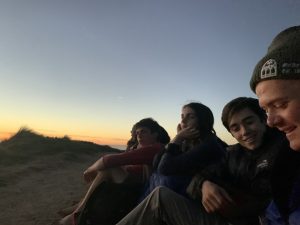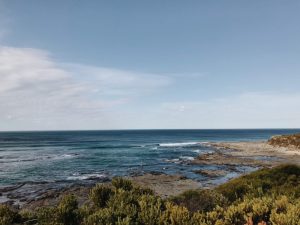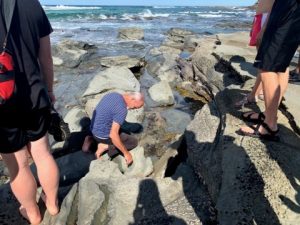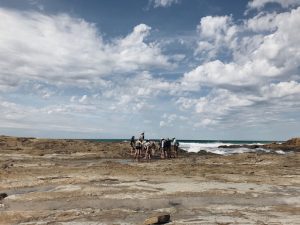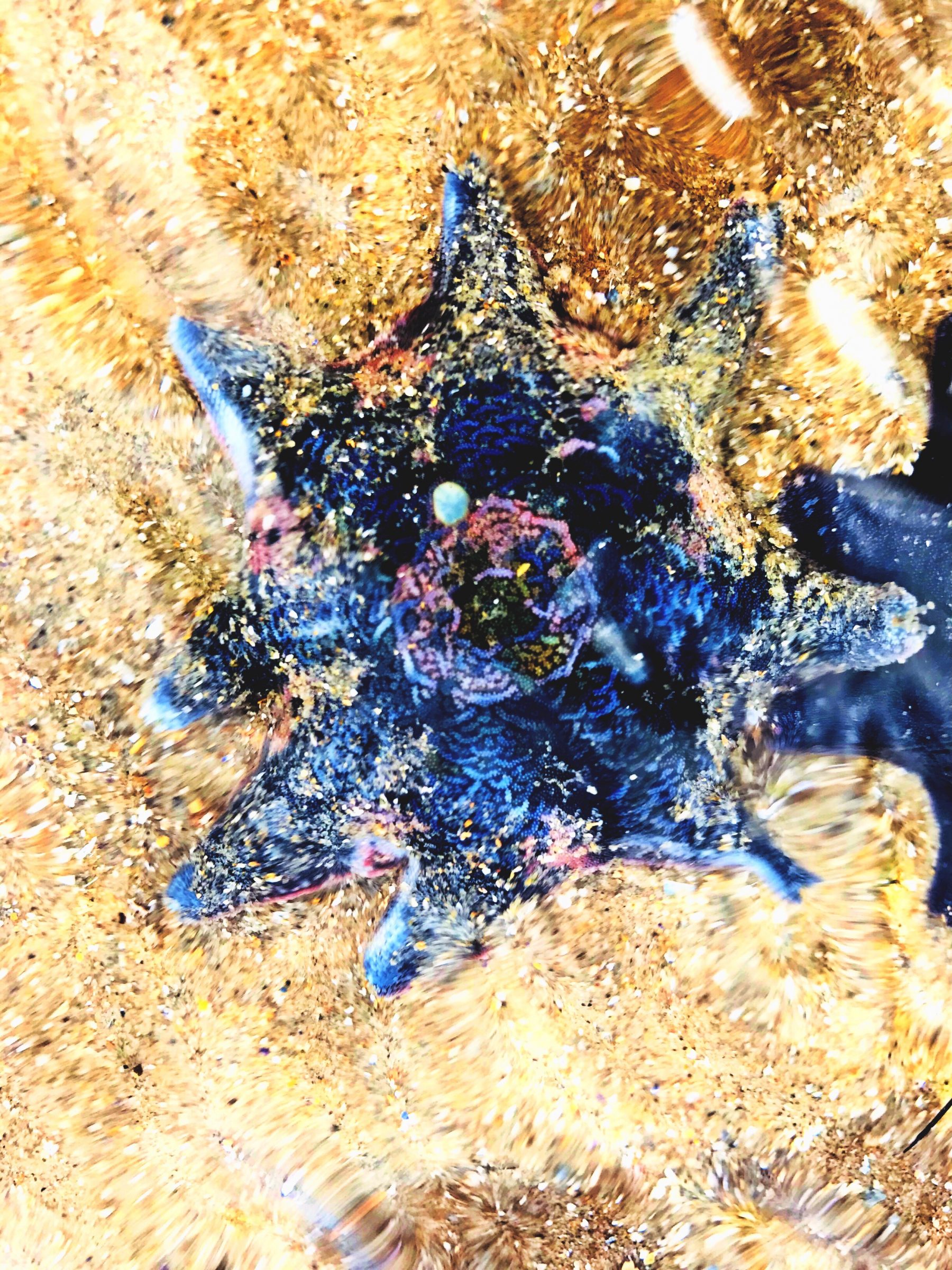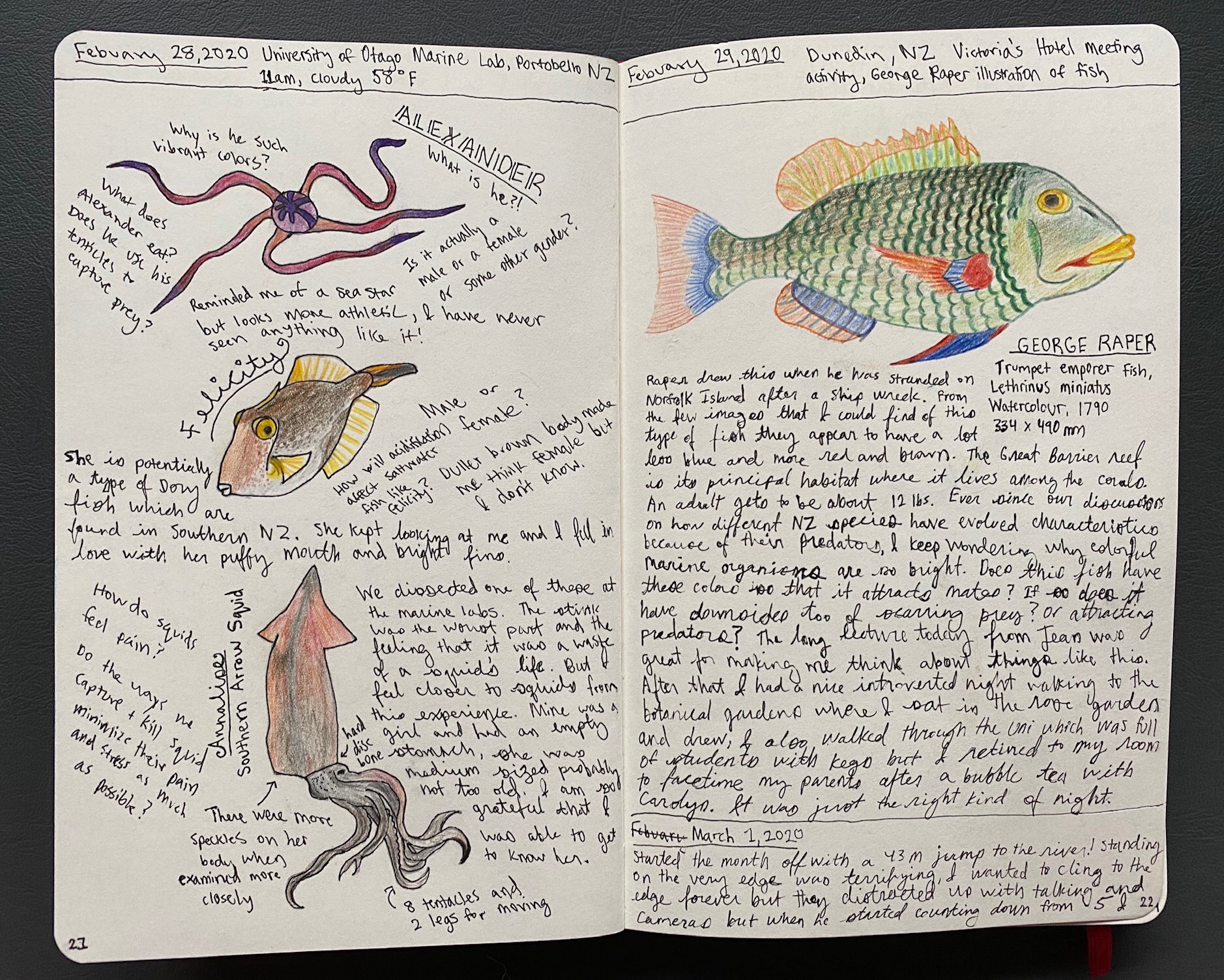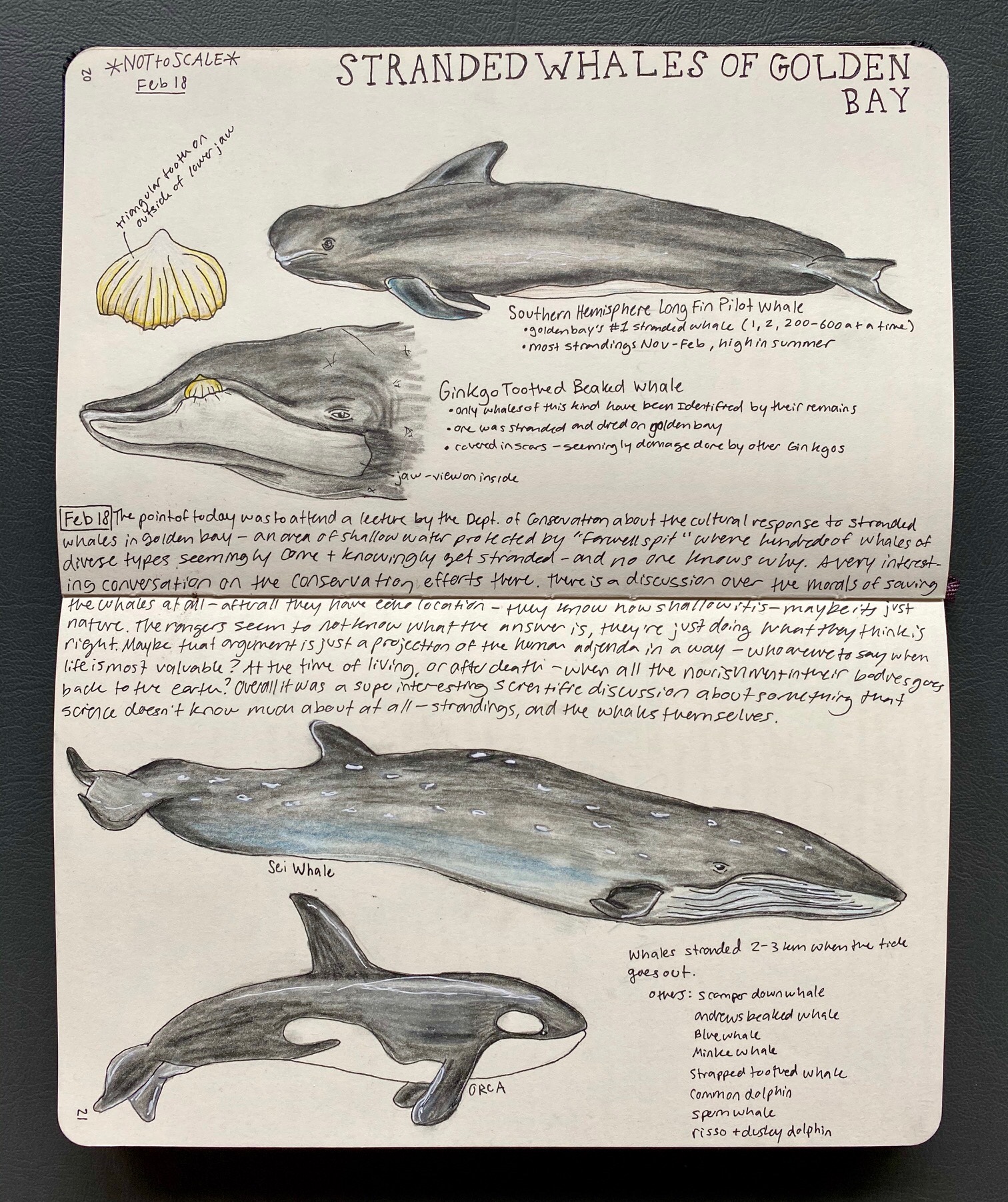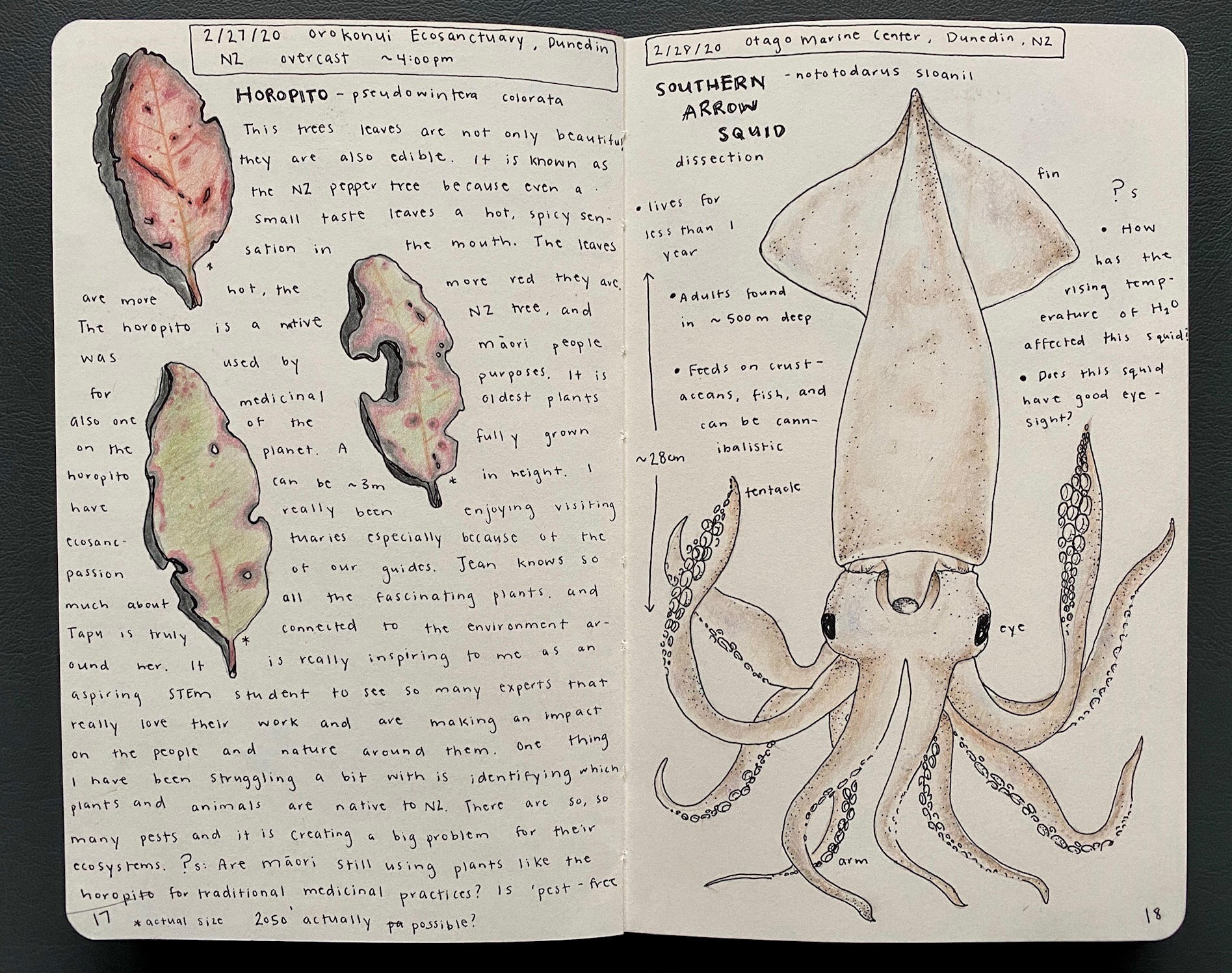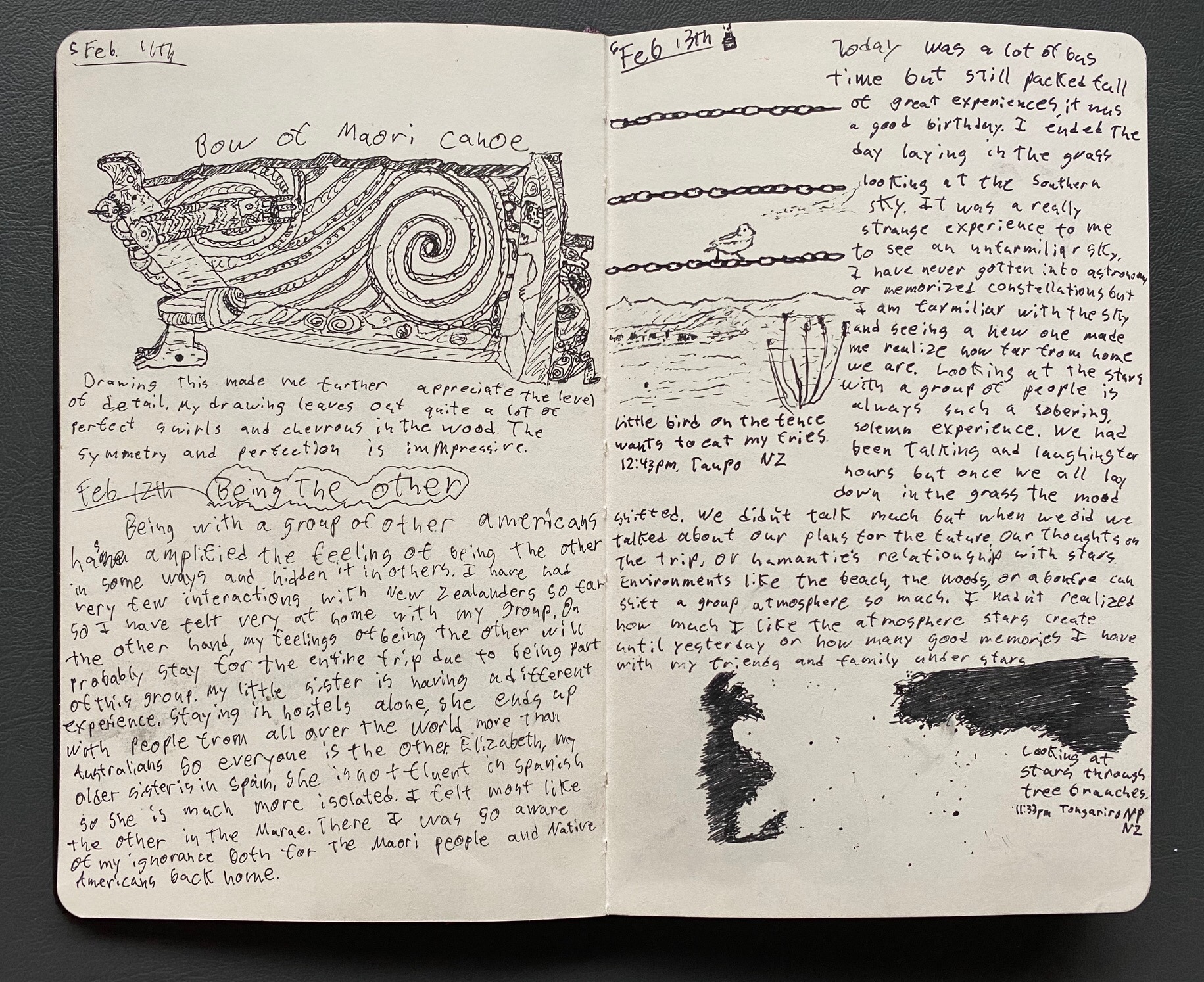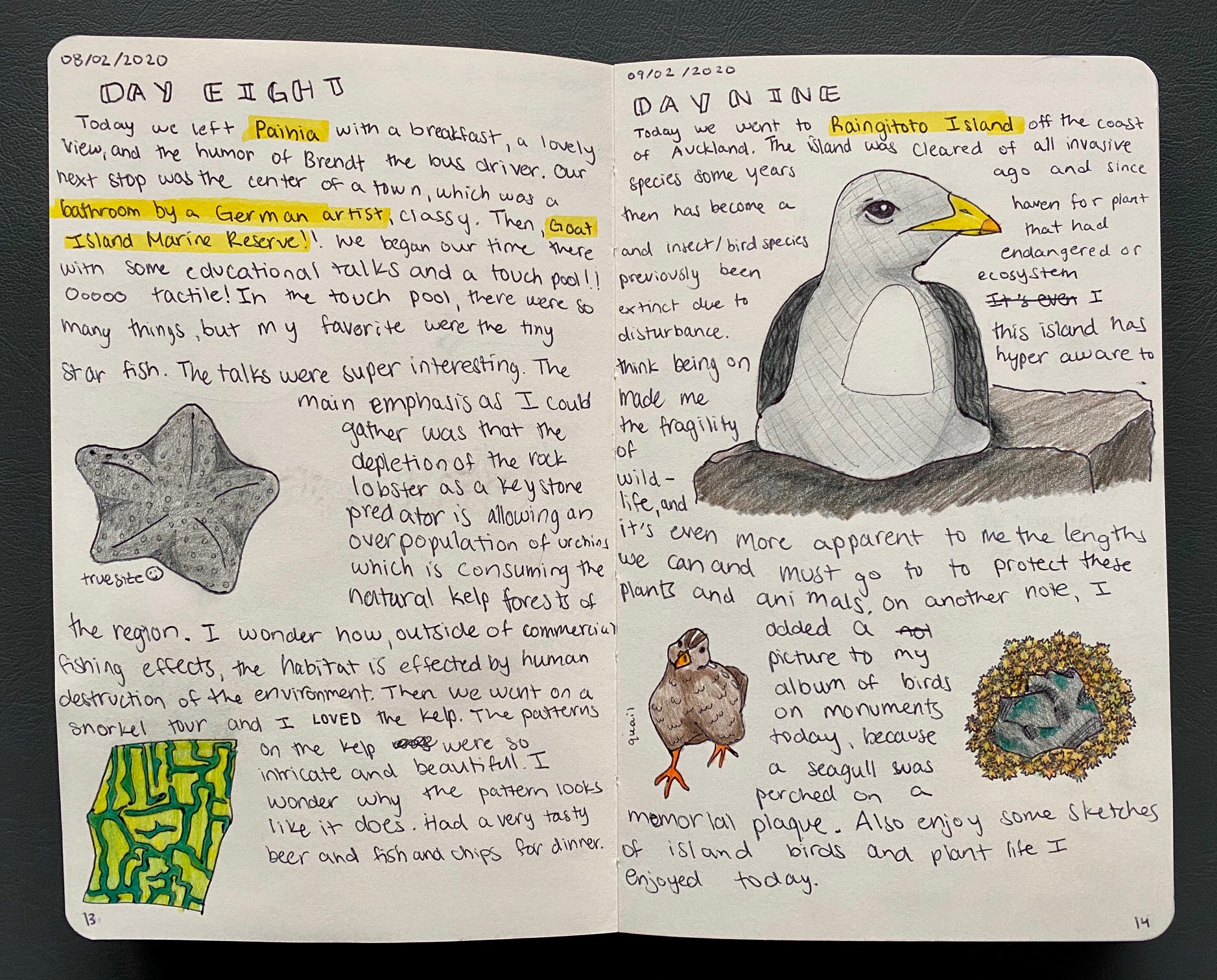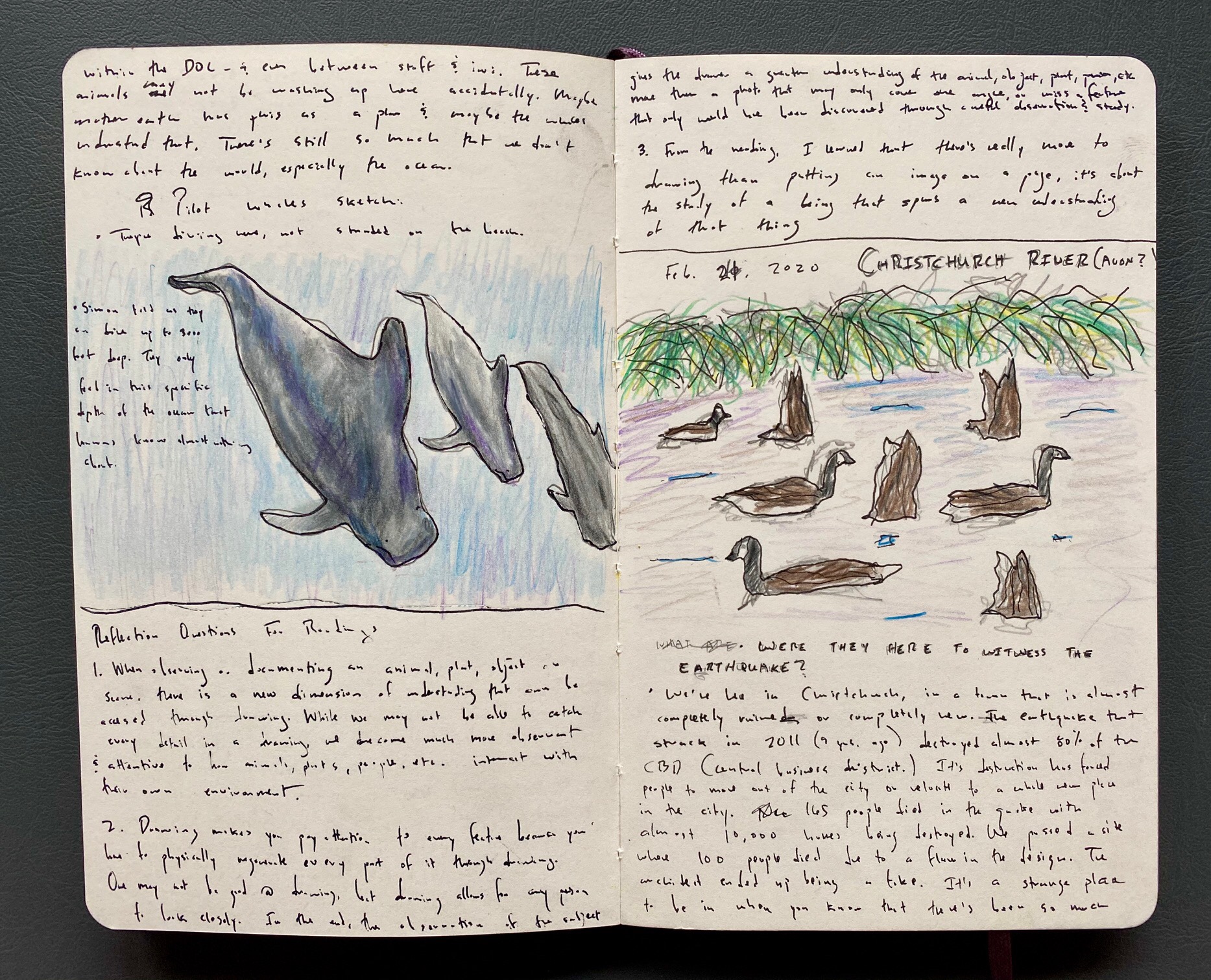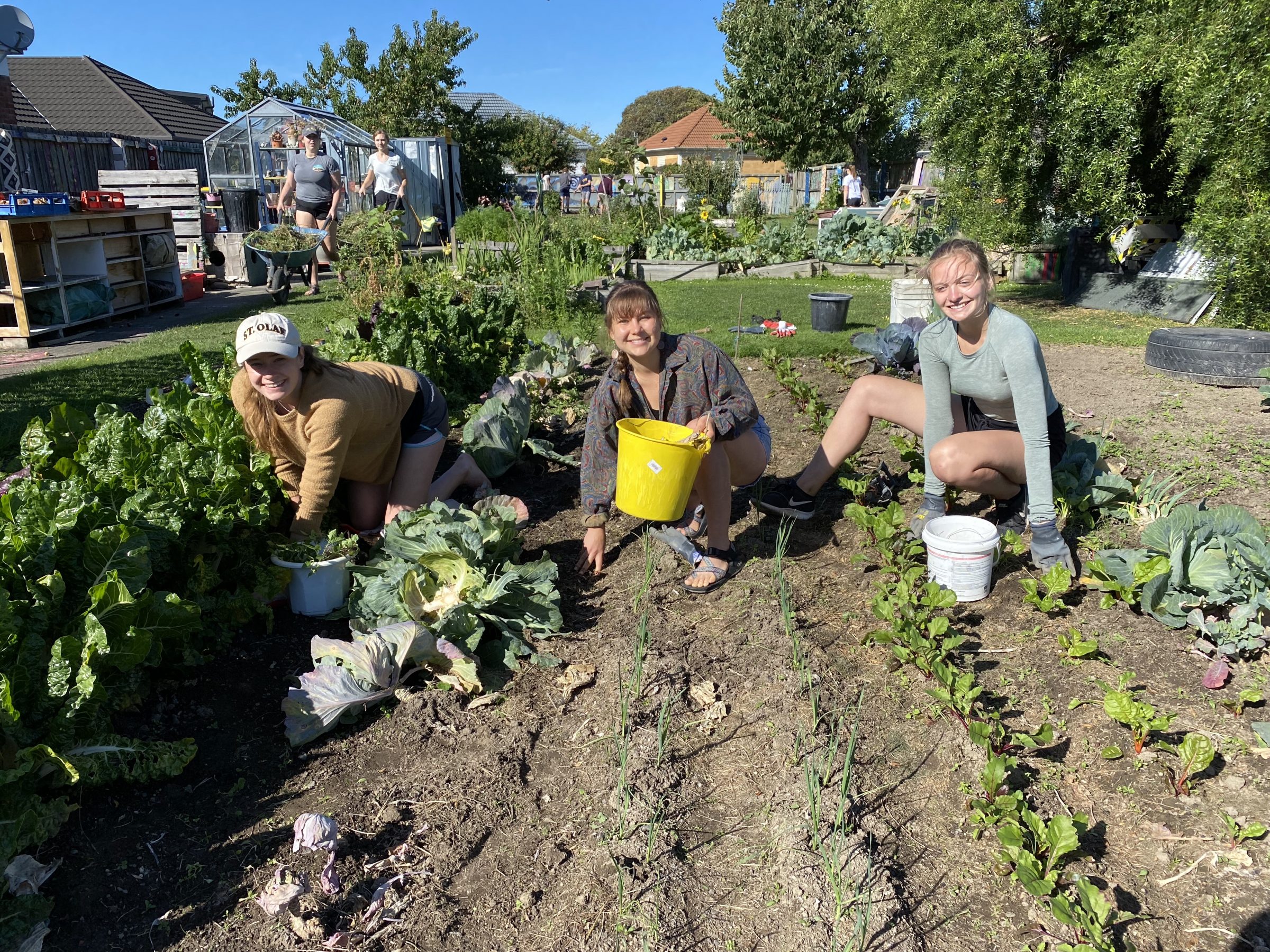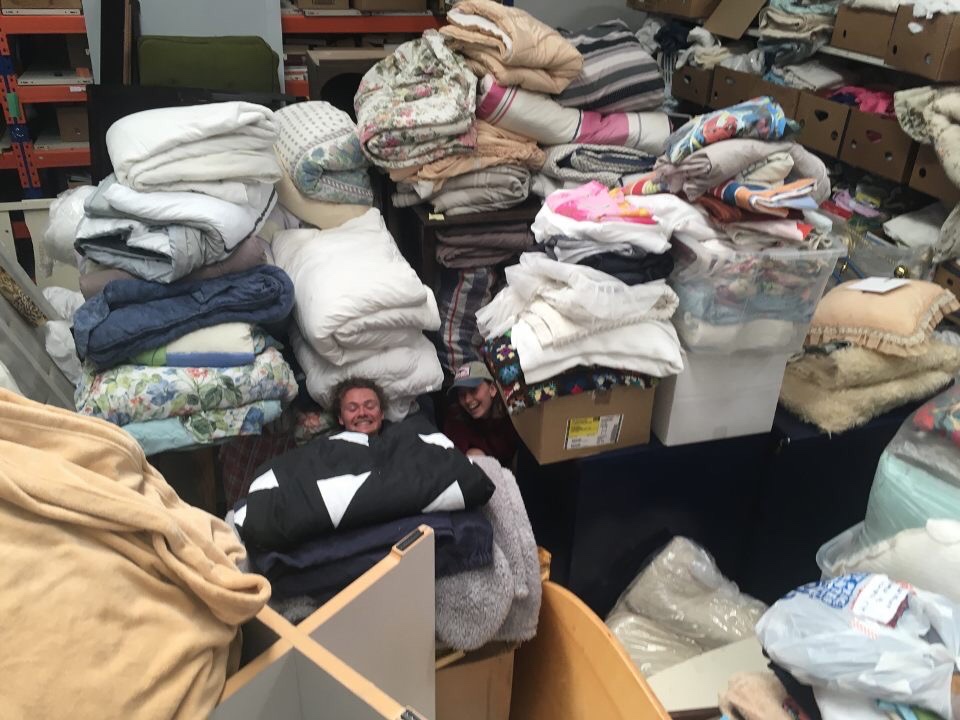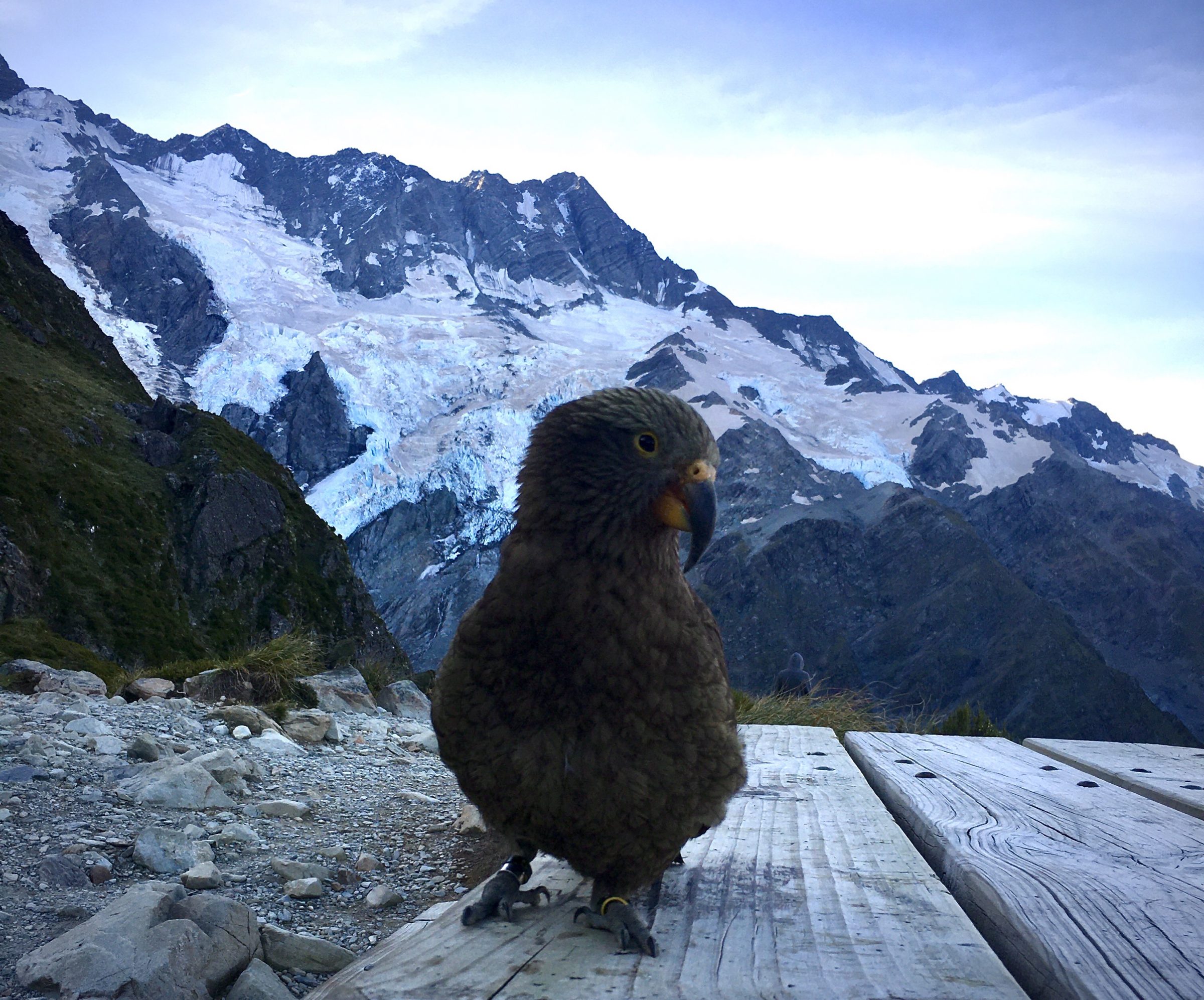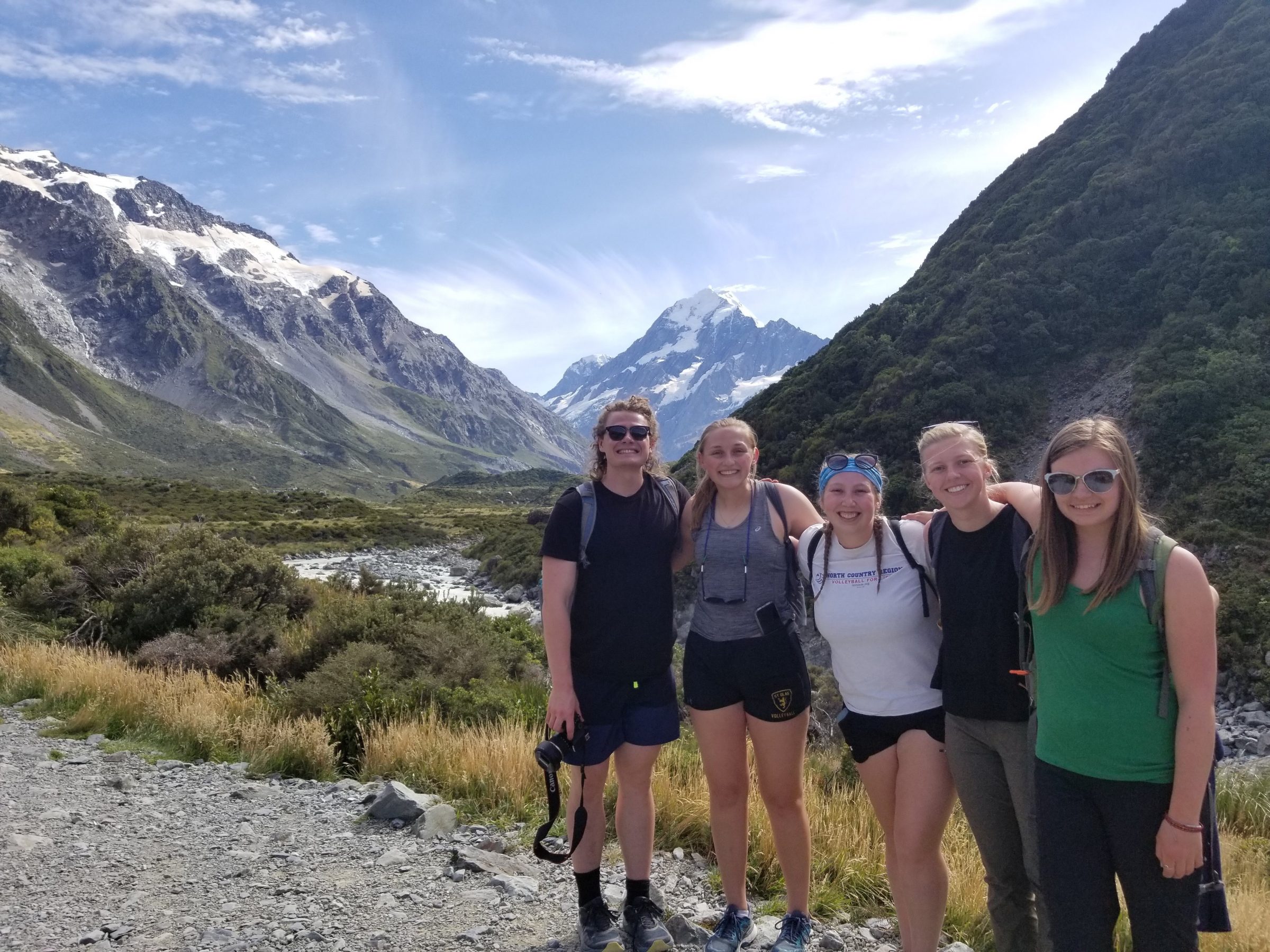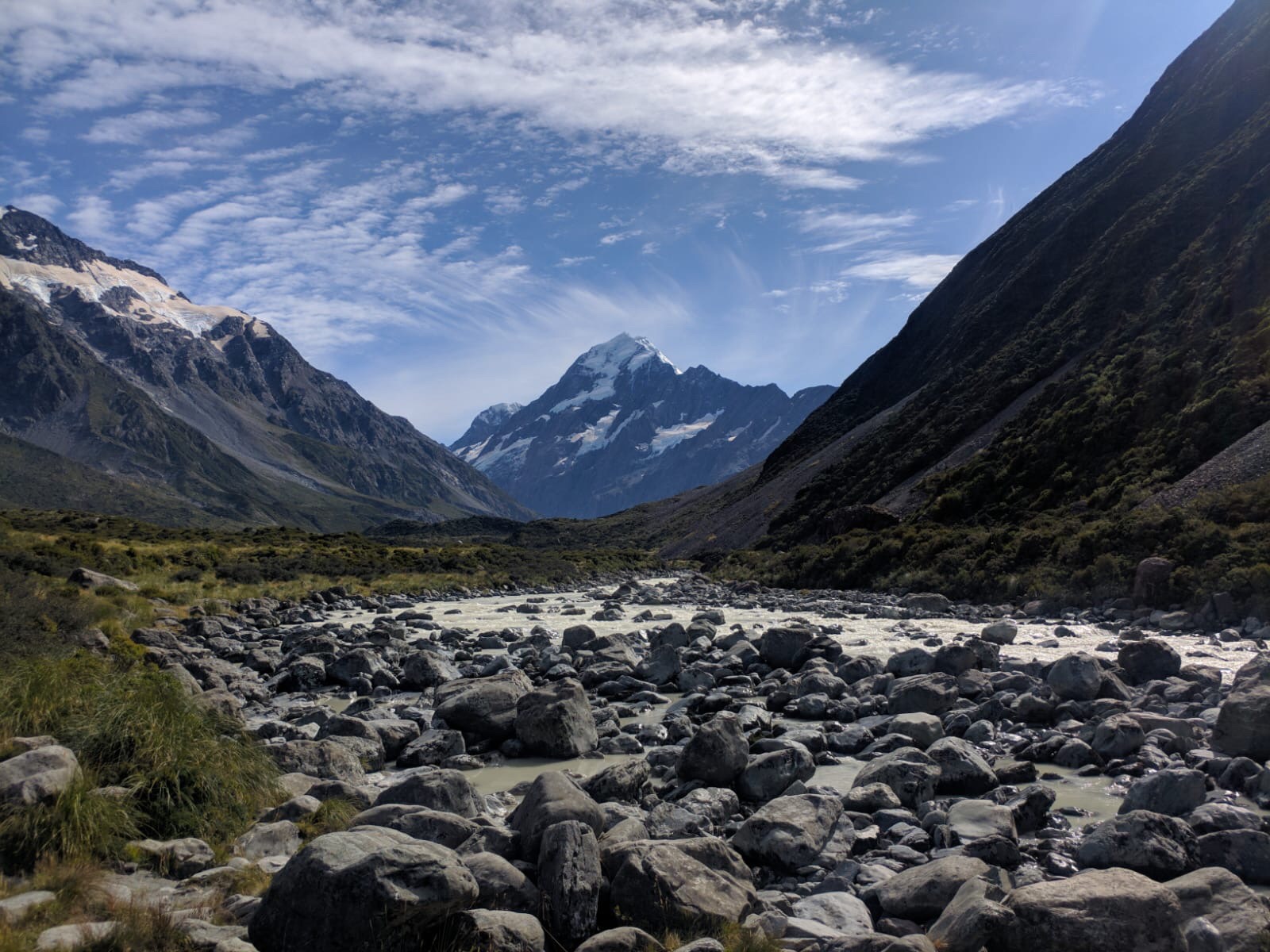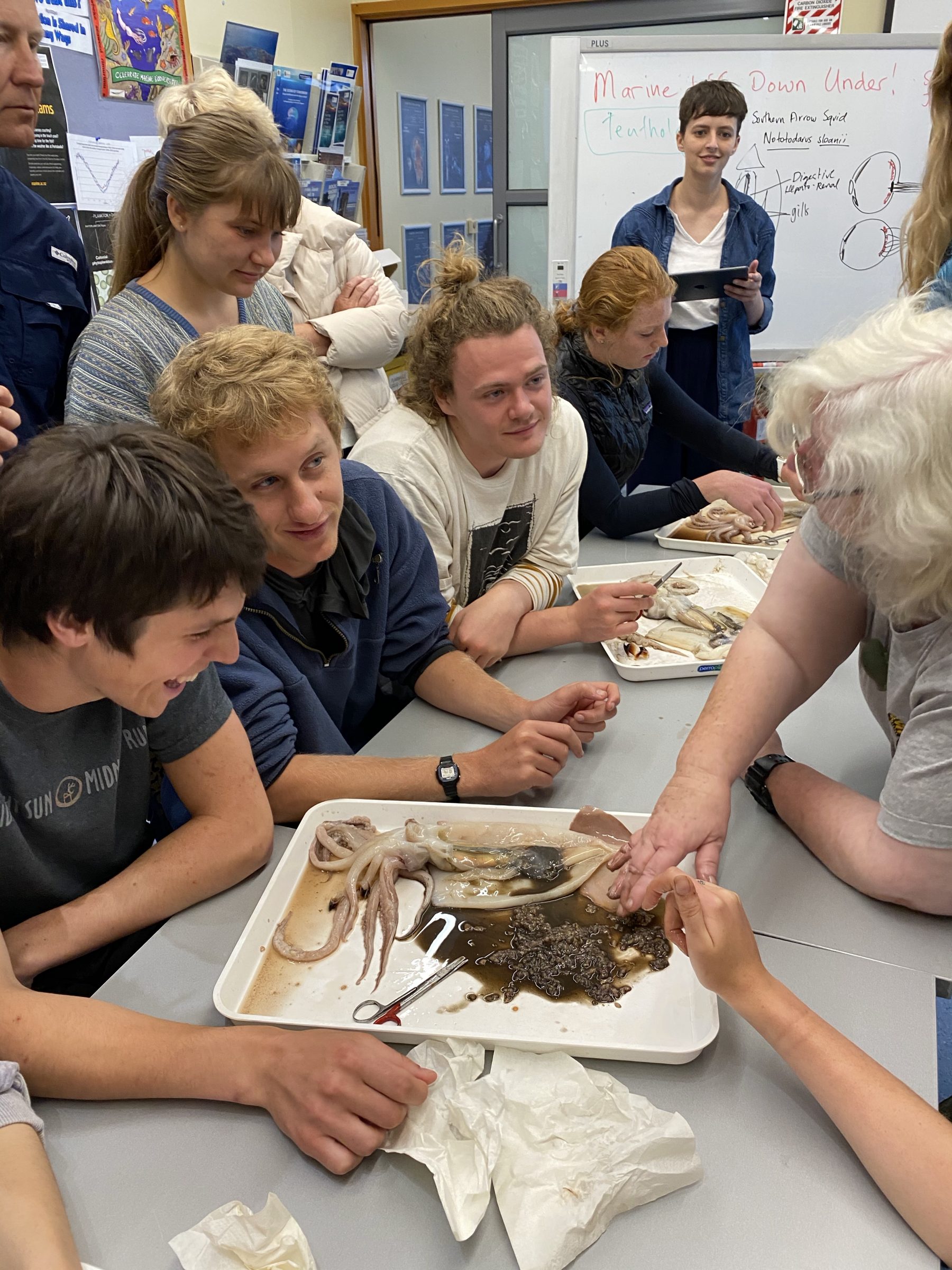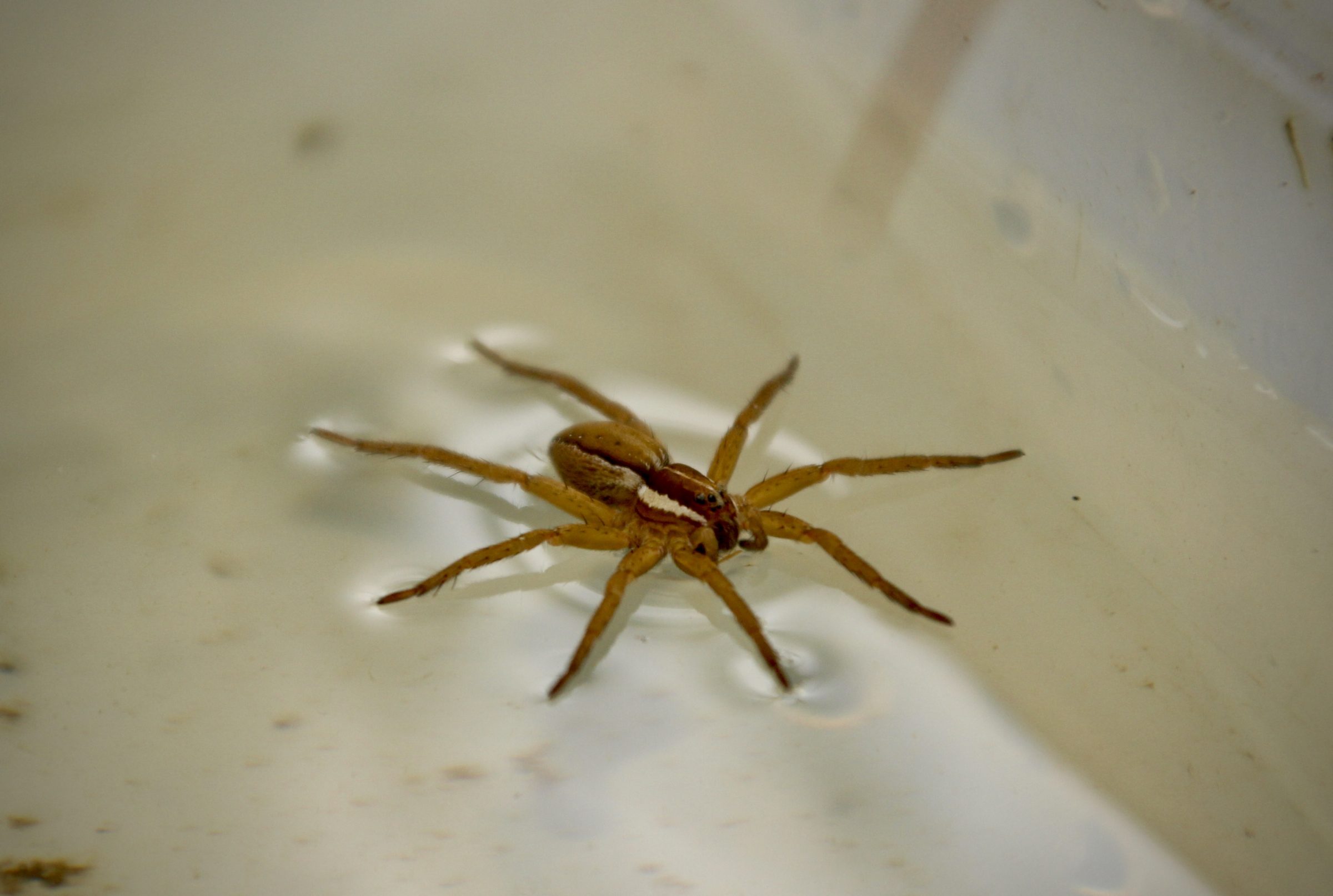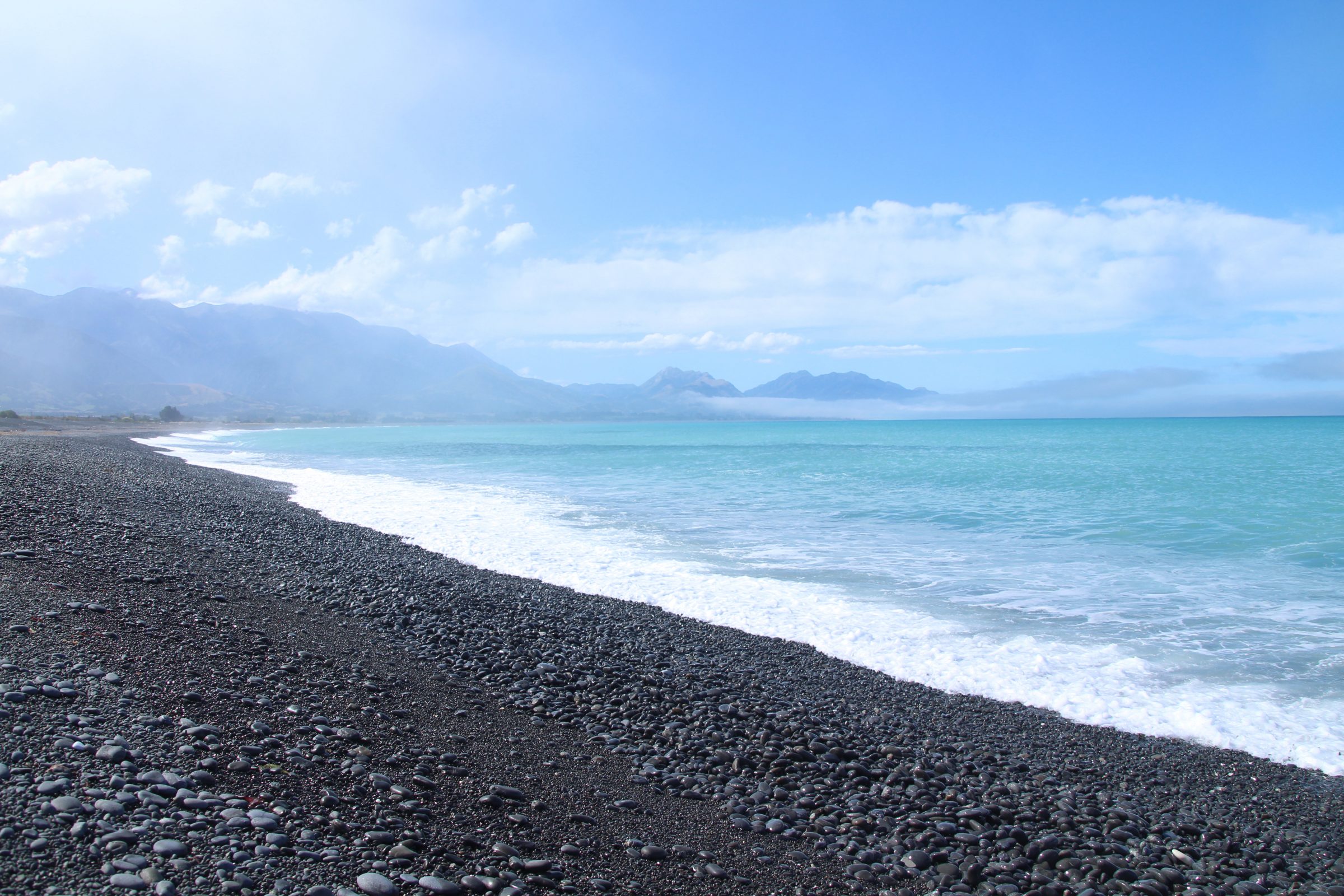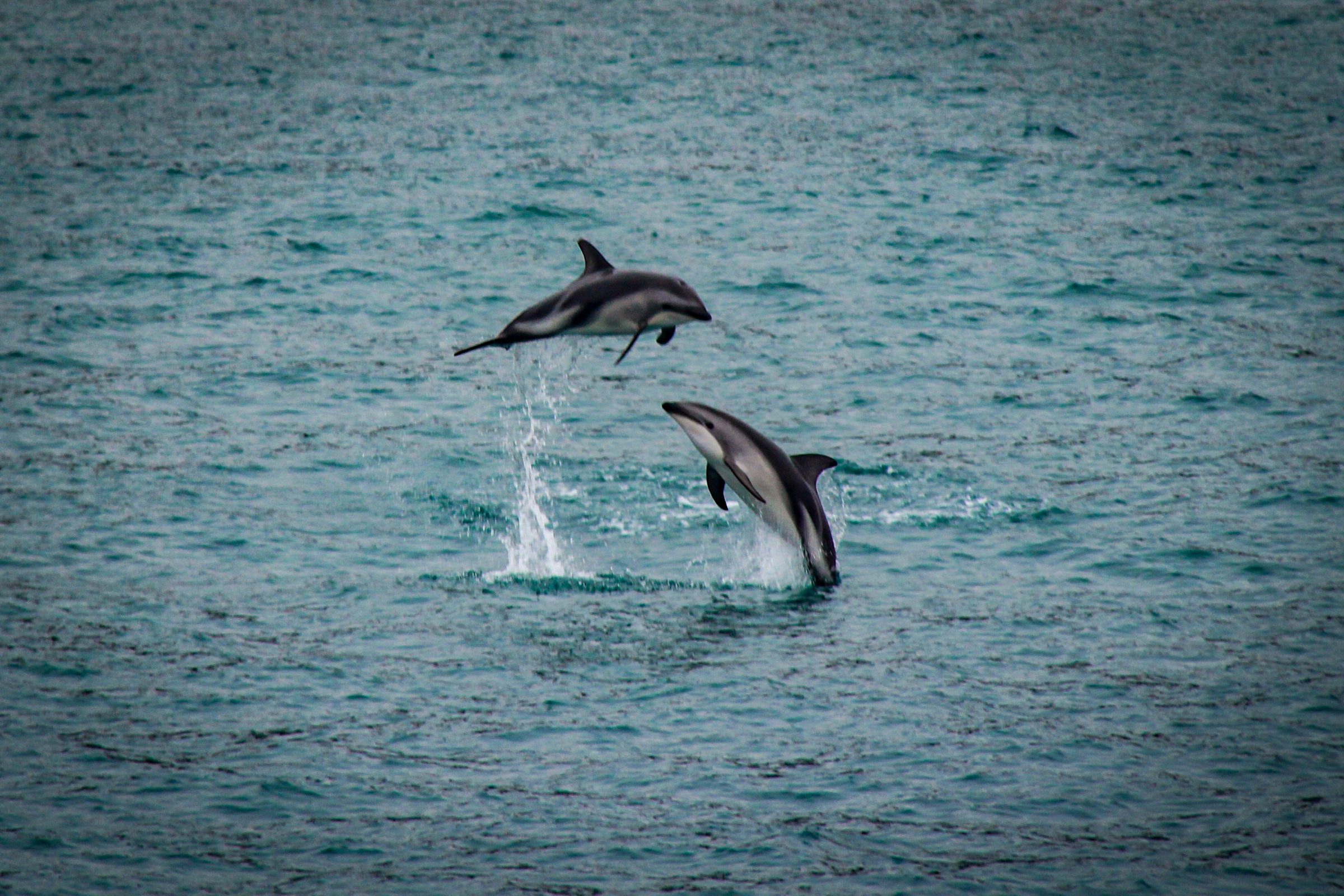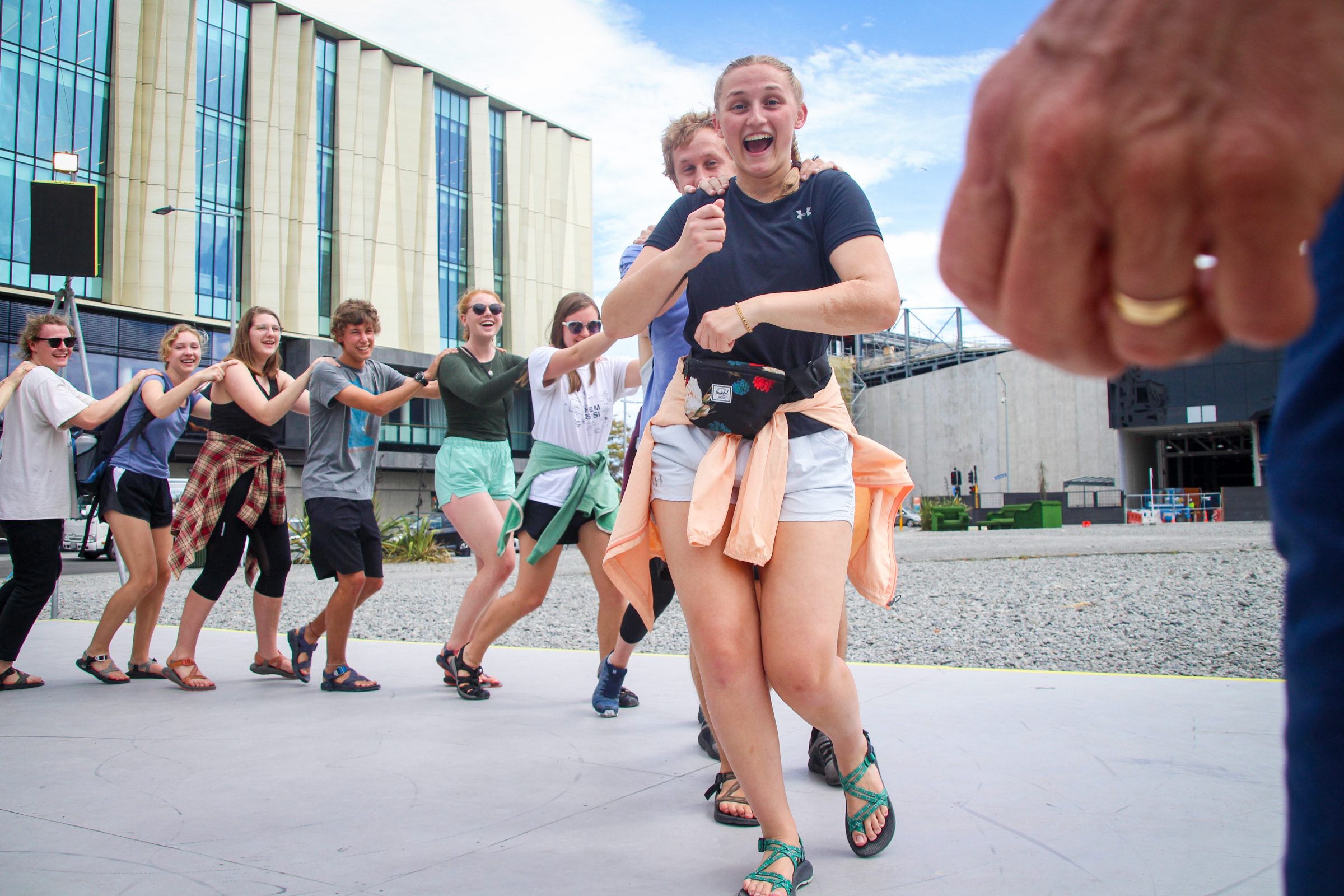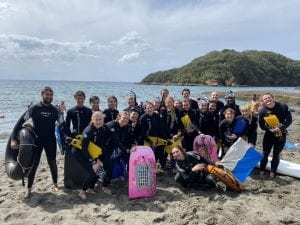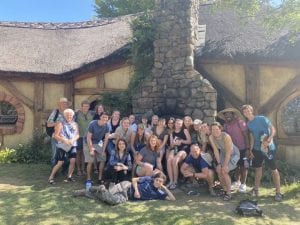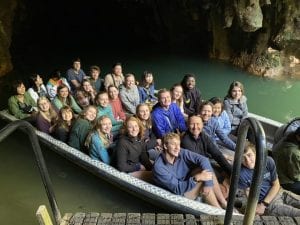After Melbourne and Bimbi Park our final adventures occurred on Phillip Island. Phillip Island is well-known for its Penguin Parade, Seals, and Koalas — all aspects we are very grateful to have experienced first-hand. However, my personal favorite (and I can confidently say they impressed everyone else as well) was the evening we experienced the Shortail Shearwaters. These birds are wonderful examples of how interconnected our globe is, and just how specialized and well-adapted organisms can become. We learned that these birds follow the summer season, migrating between Alaska and Australia — only touching land to breed, only breeding in Australia. Furthermore, while they are caring for their young in Australia, they are hunting in Antarctica! It takes them only 3-4 days to get there! Every new fact we learned was mind-blowing. Did you know they can sleep while flying? We were lucky enough to be able to watch these birds fly in at dusk.
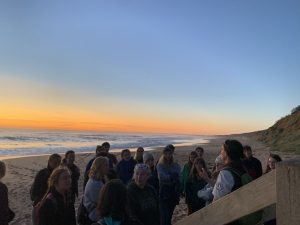
The walk along the beach to their nesting spots was beautiful, the ocean sun painting the sky as it slipped below the horizon. The rhythmic splashing as the waves greeted the shore. There was even a seal splashing close to the beach! Whether it was playing in the waves or practicing some niche hunting technique, our guides said we were extremely lucky to witness it since seals rarely come that close. Once we reached our observation point on the trail, we settled in along the path and waited. Soon we were welcoming hundreds of Shearwaters home as they awkwardly attempted to ground their flying machines. We sat in silent awe as we listened to their wings whooshing by, their funny calls as they pushed their body to their nest. It was a perfect way to welcome an evening.
-Hannah
